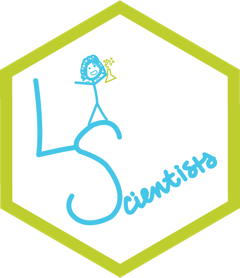All in Guest Posts
GUEST POST: Memorable Feedback: Lessons from Cognitive Psychology in Encoding
The purpose of this series of blog posts is to highlight three potentially useful connections between these research areas: selective attention (discussed in an earlier blog post), encoding/deep processing (the topic of this post), and retrieval practice (new post coming soon!).
GUEST POST: Smartphone Learning: When Students Should Use it, and When to Avoid it!
Students have immediate access to their work on a smartphone. According to Pew research [1], 85% of Americans own a smartphone, with that large number increasing to 96% for adults ages 18-29. College students universally own smartphones. Kara Sage in her research on college student use and …
GUEST POST: What’s the Secret to Learning? It’s Belonging
It was as if any mental and physical exhaustion I felt in that moment disappeared; I was alert and focused. After all, one of the most effective ways to immediately capture someone’s attention is to use that person’s name. In this case, it suggested that my classmate remembered something I said earlier.
GUEST POST: Transformational Learning & Reflection: 3 Keys for Medical Educators
What do you think of when you hear the word “reflection”? Introspection? Done in the moment or retroactively? Something done by yourself or with others? Reflection, as a pedagogical strategy, is utilized widely in education. It is a critical component of many educational theories, especially Transformational Learning.
GUEST POST: Memorable Feedback: Lessons from Cognitive Psychology in Selective Attention
As assessment specialists in a large public school district, our jobs involve working with teachers to develop useful classroom assessments and use assessment data to help students learn. Along the way, we’ve found two bodies of literature to be useful during conversations with teachers: cognitive psychology literature related to memory models, and assessment literature related to effective feedback…






